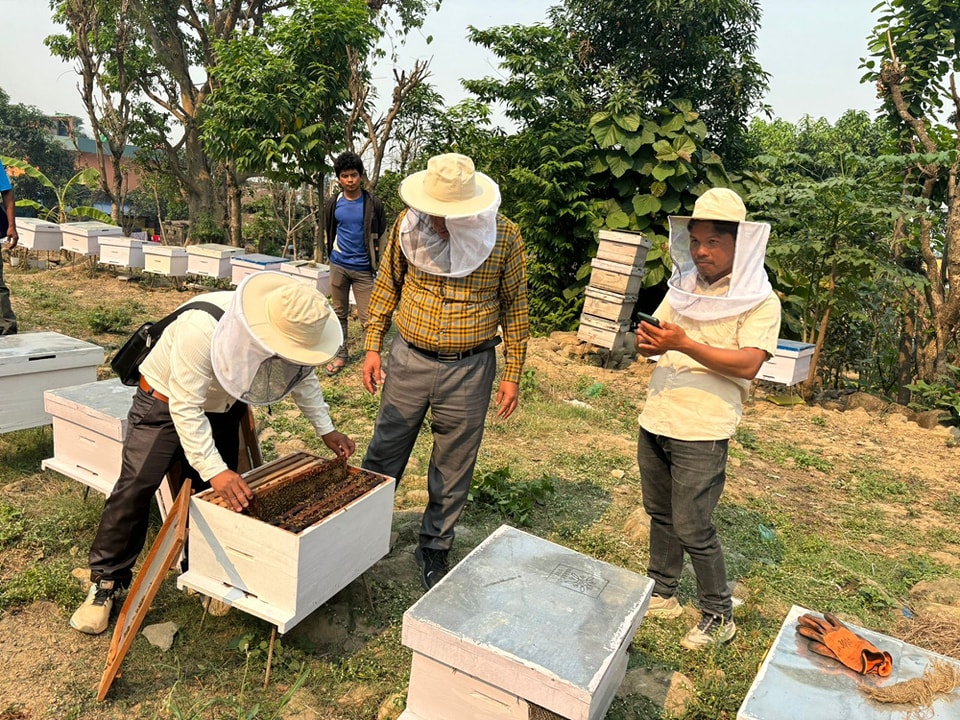Jun 12, 2024

Nepal ranks 138th among 169 nations with a Human Development Index (HDI) of 0.428 (UNDP, 2010). The country faces significant challenges in health and education, with 41% of children stunted, 29% wasted, and 11% underweight (DHS report 2011), alongside a 60.9% literacy rate (NLSS Report, 2011). Approximately 25.2% of Nepal's 28 million population live below the poverty line. Disability affects around 10% of the population, with 6% being disabled women. However, only about 10% of children with disabilities have access to formal and non-formal education, facing discrimination and violations of their fundamental rights daily.
Children with disabilities often experience difficulties in their communities, including discrimination, abuse, and limited participation in activities. Many suffer from stress, anxiety, and low self-esteem, exacerbated by the emotional trauma of conflict-related disabilities. Poverty and disability are interconnected, with disabled girls particularly vulnerable to educational disadvantage. Moreover, architectural barriers in health facilities further marginalize disabled individuals, who comprise approximately 80% of the population affected by armed conflicts, especially women and children.
Accessing health services in Nepal is challenging due to various factors such as geographical remoteness, inadequate infrastructure, shortage of qualified health personnel, and socio-economic and cultural barriers, particularly among marginalized groups. Government resources allocated to healthcare are often insufficient or underutilized, resulting in unmet health needs among marginalized communities. Sexual and reproductive health and rights (SRHR) services are especially inaccessible in rural areas, perpetuating disparities in healthcare access.
Existing strategies and guidelines for SRHR have not been effectively implemented, leading to limited improvements in the healthcare system. Addressing sexual and gender-based violence (SGBV) as a human rights issue remains largely neglected, with insufficient legal and social protection policies for victims and witnesses. The lack of systematic interventions to combat SGBV further exacerbates the problem.
In the health sector, promoting equitable financing, enhancing access for the underprivileged, disease surveillance, maternal and neonatal care, and community health insurance are crucial. Despite improvements in some health indicators, under-five and maternal mortality rates remain high. Limited government spending on health, coupled with women's lack of access to care, contributes to elevated mortality and morbidity rates. Adolescent pregnancies, unmet contraception needs, inadequate antenatal and skilled birth attendant services, and HIV prevalence highlight ongoing challenges in sexual and reproductive health.
Addressing these issues requires comprehensive approaches, including improving health system capacity, incorporating adolescent sexual and reproductive health into service delivery, and increasing knowledge about HIV prevention and care. Poverty, gender inequality, violence, and socioeconomic factors continue to exacerbate vulnerabilities among women and youth, necessitating targeted interventions for sustainable change.



